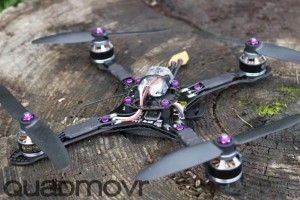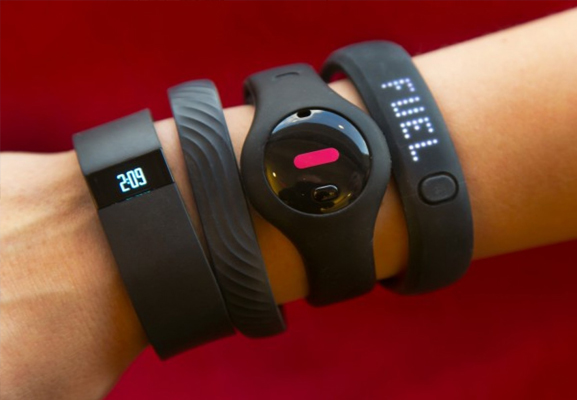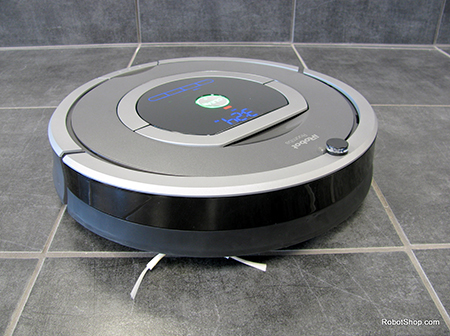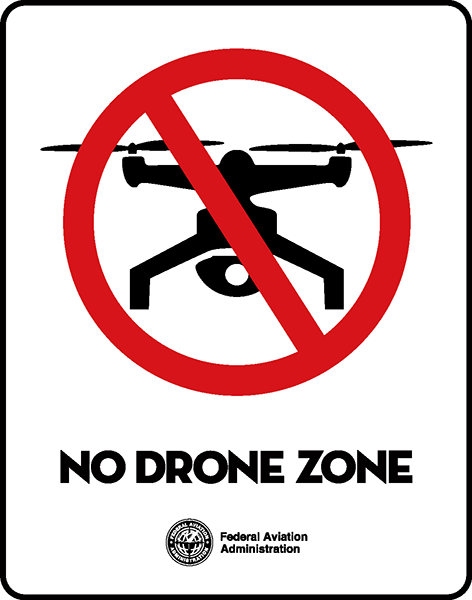Droning in Technology
Yes we’ve seen these new technological wonders on TV being used by the military to spy on targets and then blow them into oblivion. Now with the advent of smaller motors and electronics we are now witnessing the rise of the drone or UAV(unmanned arial vehicle). They are used frequently in TV news reporting and now are flooding into the consumer’s marketplace and even over their own backyard fences. These fascinating new gadgets are now becoming a commonplace gadget for military, news media or for little kids pitting their drones against each other in a laser tag deathmatch. Back when I was a kid we had rather large WWII prop planes which had real working glow fuel engines that were tethered by a couple strings to a handheld spool which you flew around in 20′ circle until you were out of fuel or about to fall down puking from dizziness. We also naturally would try and fly the rather large fuel engine planes without the strings with dire consequences. You do NOT want those props coming near any part of your person, believe you me! These new UAV’s look to promises hours of fun and excitement but also have their own troubles.
The latest UAV pictured above by Lily, promises to deliver a whole new consumer experience with the technology by making it personalized. The Lily drone is designed to fly itself instead of the consumer learning how to fly it with a complex controller. This small 10.5″ square UAV flies around the user tracking within a 100′ radius on the ground and 50′ above ground. This is all accomplished with complex software and a sophisticated array of accelerometer, three-axis gyro, magnetometer, barometer, and GPS sensors. These all work in conjuction to track a puck the user has pocketed or wears on a wristband. The UAV also boasts 1080 HD 60fps forward and bottom facing cameras to capture you or your friends greatest moments of triumph or failure. The unit is simply designed with on/off button and fold out waterproof flap concealing the USB charger and SD card slot. Did I say waterproof! Yeah waterproof, we like that! To deploy this little drone you simply turn it on and toss it into the air and it automatically fires up the folding props and begins hovering around you. There is even a video of a kayaker tossing it into the rapids and, granted it is floating face up, spins up and rises above the river to video him on his rafting adventure. When your are done with your video or the batteries begin to run low you can call the Lily back to you and it will hover right above your hand and land!
This is huge to have a device that is catering to what you want to do instead of the other way around. It’s monumental in a way that GoPro brought high quality action video above ground and below the sea to the consumer. I’m sorry GoPro we love you but man, if you didn’t see this one coming, you should have. This ‘I gotta have it UAV!’ unit is due out the first quater of 2016. You can pre-order the Lily UAV and see the videos and specs at lily.camera.
Movin on up!

Another buzz about the drone world is the fast and furious turbocharged Quadmovr copter. I had heard about it through a friend and when I saw the YouTube video my jaw dropped on my laptop! With over 2,700,000 hits this UAV has raised eyebrows all over the world and I’m sure some military leaders perked up as well. This souped-up DYI quad copter built by an anonymous french designer Quadmovr. The speed at which this thing moved just blew me away, granted that this guy has exeptional flying skills that would take years to learn. This thing starts off in the video hovering above the ground and then BANG! it’s rocketed straight up out of site. If you can watch the video in full screen in 1080 HD and you will be blown away. I mean this guy flies this thing at an elite level, making it look easy I’m sure. It can fly in ways no other thing on the planet can fly. It would put your average house fly to shame and it sure does sound cool too! I mean, after watching this in the first minute I was asking myself ‘How much!?’
This will get any hobbyist or flight enthusiast going bonkers for one of these. The speed and maneuverability of this ‘quaptor’ are just astounding and the results are from tricking out the motors and electronics. I can’t wait to spend $600 or more to get out in a field and make those props sing. In my case I would probably crash the poor thing into the ground in the first minute. Maybe would be a good idea to order spare parts or start out with flying lessons on a lower model. There were alot of comments and concerns upon the release of these videos of how unsafe and reckless the operator was in test flight. The legalities of drone operation and flight is a sticky situation in America and around the world but we will get to that in a minute. Apparently this test was done in Sweden and was out in an open field with nobody around. Personally I didn’t see any harm in a little wreckless testing but other were concerned on how high and fast it went up in the air. They were concerned about any pilot flying in the area. I mean come on! I’m sure a guy operating at this level of skill is gonna crash this zippy UAV into an airplane. I’m sure you would see and hear a plane coming long before it would get close and the plane shouldn’t be flying that low anyway. Sounds to me like some people have prop envy. We here at Design Engine like to go FAST and this Quadmovr is on our ‘must have’ list.
Fear of Droning
With the concerns aforementioned above, there comes the stealth grey areas on the legalities of UAV flight and operation. Nationwide and globally it has become an issue of concern over safety and privacy of others. Who owns the airspace 50′ over your own backyard? What if I lose control of my UAV over an expressway? I mean selfie sticks have become an annoying commonplace gadget we have become accustomed to(not me) but UAV’s take this to a whole different level, literally.

First of all, different countries and different states therein, have different laws concerning how you can use your new or old UAV. How high,how fast, how close and how far can I fly my newly formed drone buddy? Well at least in America that will depend on what state your in but the FAA does have some no no’s on what you can do with you little flying spyborg. For sake of discussion in this article I will briefly go over some main guidelines for the USA as currently set by the FAA. In the US the FAA terms these craft as UAS(unmanned aircraft system). Of course we Americans have to be different, I mean look at our antiquated Imperial measurement system. Personally I prefer the term UAV and the metric system but that doesn’t make me a commie.

Of course there are well founded reasons and fears of as the laypeople call drones. Besides crashing into the neighbors flower garden, these flying toys can do serious harm to you and possible spy on you. I for one do not want anyone poking around with a drone 300 feet up taking candid photos of me as I bask in my taken-for-granted privacy. Let’s face these consumer have the potential to drop explosives, spy, record audio and even a new trend which is billboard graffiti.
Where will this all end? It won’t. These UAVs will only get faster and stronger and will not stop until the world is dominated! Oh wait, that’s terminator. But seriously folks we already have so much tech in out lives that has become seemingly transparent. Our smart phones are virtually part of us and I see so many that are literally addicted to their phones and have anxiety without it. Wearable technology and accessories is also another new tech trend that is becoming a status quo we don’t even blink an eye at.

Drones will only become a more commonplace integrated technology in our daily lives and it’s inevitable. We already have household robots like Asmo and Roomba so what’s the difference if we have a smart drone that delivers our packages or a cocktail by the poolside. We may eventually expect it and then take it for granted as much as a remote control for the TV which was astounding tech way back. If you really want to be frightened, check out this video of drones that are able to logically communicate with each other to perform a task. This got me thinking about Terminator again and I must say was a bit taken back.
Let’s face it, this is only going to get more complex and more integrated into our daily lives. We already have so many machines in our households and daily lives that we are becoming lazy and forgetful of what living life was about. Who are we to say no to drones and the future tech amy bring us? We will just have to learn to accept it with a cautious eye open to the wind.
Hey you! Get off of my cloud!
Let’s get a bird’s eye view of legislation concerning these new metal and plastic creatures of the air. Currently there are no specific regulations for a separate UAS airspace as they feel that it would be segregating as opposed to integrating. Most of their guidelines are initially setup over military UAS which have much more stringent regulations on operation and reliability.
The FAA divides UAS operations into 3 types:
Public Operations (Governmental)
Civil Operations (Non-Governmental)
Model Aircraft (Hobby or Recreation only)
For purposes of this article I’ll touch on the Civil and Model types as I think these are more important to future consumers considering purchasing drones for themselves or their company. Civil Operation UAS have much more stringent FAA regulations and must be compliant as air worthy or experimental craft. You would need authorization to fly under Section 333 Exemption which allows operator to perform commercial operations in low-risk, controlled environments, or Special Airworthiness Certificate (SAC) which operators must be able to describe how their system is designed, constructed, and manufactured, including engineering processes, software development and control, configuration management, and quality assurance procedures used, along with how and where they intend to fly. I would assume news media drones would have to be under one or both of these regulations as they may be flying over crowded areas or close to structures.
Model Aircraft are in a much more loosely regulated grey area. The FAA suggests:
Individuals flying for hobby or recreation are strongly encouraged to follow safety guidelines, which include:
Fly below 400 feet and remain clear of surrounding obstacles
Keep the aircraft within visual line of sight at all times
Remain well clear of and do not interfere with manned aircraft operations
Don’t fly within 5 miles of an airport unless you contact the airport and control tower before flying
Don’t fly near people or stadiums
Don’t fly an aircraft that weighs more than 55 lbs
Don’t be careless or reckless with your unmanned aircraft – you could be fined for endangering people or other aircraft
As quoted:
“For example, using a UAS to take photos for your personal use is recreational; using the same device to take photographs or videos for compensation or sale to another individual would be considered a non-recreational operation.”
Boy does this open up a big can of fun for the hobbyist and and a small tin of concern for the average citizen? It’s like giving a kid in a hay field a lighter and a bunch of fireworks and telling him not to burn anything. You can see why people might get annoyed when your neighbors kid(or parent) is flying around a video drone while your casually taking a swim in your pool naked. I would not be surprised that there will be some tighter regulations or fines considered by the FFA as the consumer market gets flooded by recreational UAVs. Soon enough you will need a license to fly with 100 meters of bear. That’s 328.08 feet to us Americans. The FAA has partnered with several industry associations to promote ‘Know Before You Fly’ website which you can find here: knowbeforeyoufly.org/
For more information and related info give these links a click:
faa.gov/uas/
dronetradr.com/
rcgroups.com
personal-drones.net
flyxcopter.com
quadlugs.com
diydrones.com
drone-pilot-zone.com
Article by: Design Engine Industrial Design Instructor Joel Koster, July 9th, 2015









